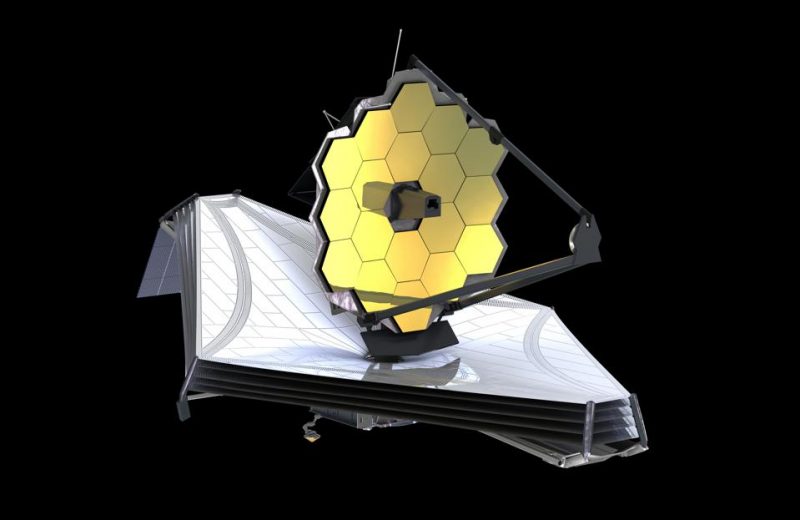
Nasa’s Webb Sustained A Permanent Damage From Micrometeoroids
A few days ago the deepest and the sharpest space images captured by NASA’s Webb Telescope, the most powerful ever created, amazed us. But recently, in what can be called an unfortunate event, NASA’s James Webb Telescope sustained permanent damage after getting struck by a few micrometeoroids (small space rocks) in May.

NASA’s James Webb Telescope Got Damaged
As per a newspaper, “a group of scientists said that after outlining the performance of the James Webb during its commissioning phase, the telescope reported problems that cannot be corrected. They added that the telescope also suffered a small effect throughout, which is not yet measurable.”
As per the scientists, “At present, the largest source of uncertainty is long-term effects of micrometeoroid impacts that slowly degrade the primary mirror.”
Damage It Sustained
On May 22, the primary mirror of the James Webb Space Telescope was hit by six micrometeoroids. The damage was minor until the sixth rock managed to impact the mirror deeply. At first, they thought the telescope was all right, but later as per the reports of scientists, the amount of damage is considerable and more serious than we thought.
The report states that it “exceeded prelaunch expectations of damage for a single micrometeoroid triggering further investigation and modelling.”
The paper states that “the damage did not compromise the resolution of the primary mirror of the space telescope”, but “engineers who designed the Webb believe that the mirrors and sun-shield will unavoidably slowly degrade from micrometeoroid impacts”.
In June, after the attack, NASA put out a statement that said, “Webb’s mirror was engineered to withstand bombardment from the micrometeoroid environment at its orbit around Sun-Earth L2 of dust-sized particles flying at extreme velocities.”
Also read:
NASA’s Webb Produces First Sharpest Image of Earliest Galaxies Formed
“While the telescope was being built, engineers used a mixture of simulations and actual test impacts on mirror samples to get a clearer idea of how to fortify the observatory for operation in orbit. This most recent impact was larger than was modelled, and beyond what the team could have tested on the ground,” further said.



